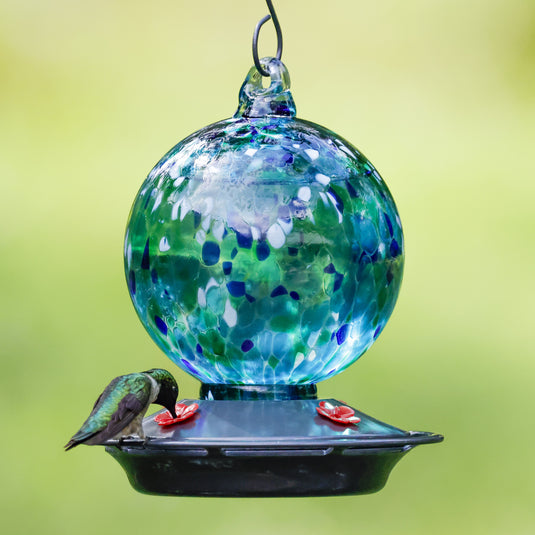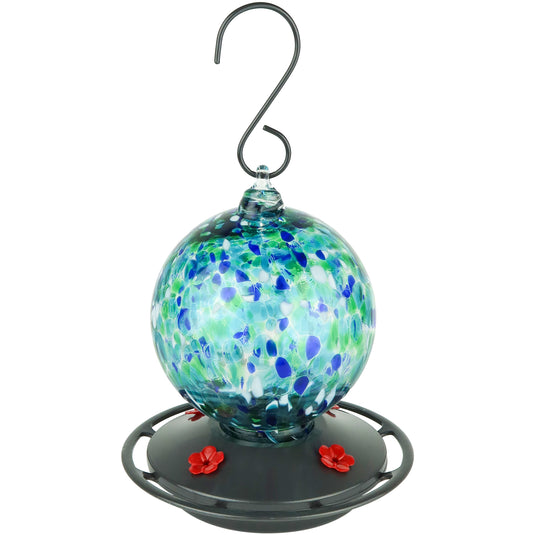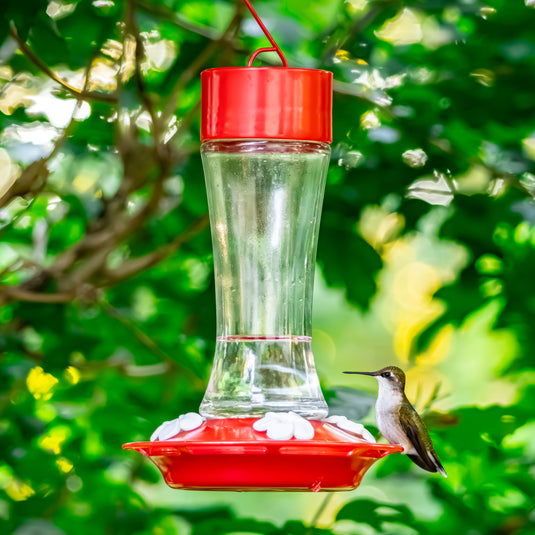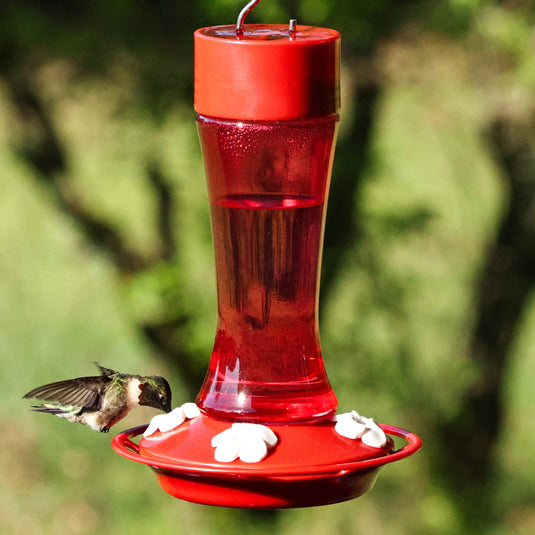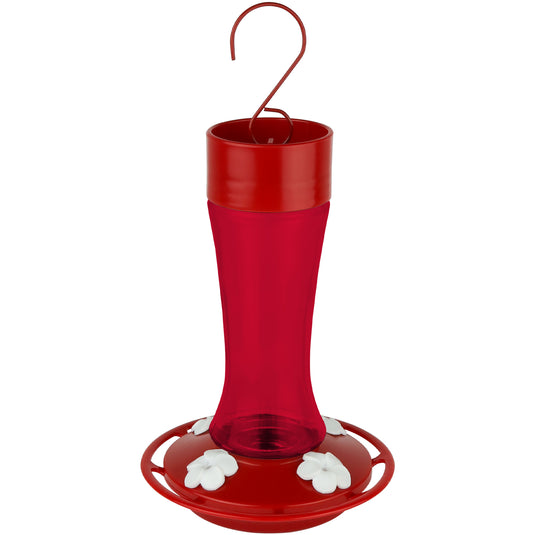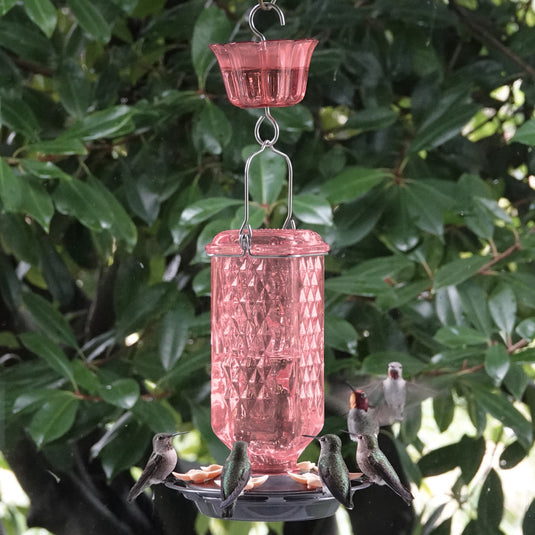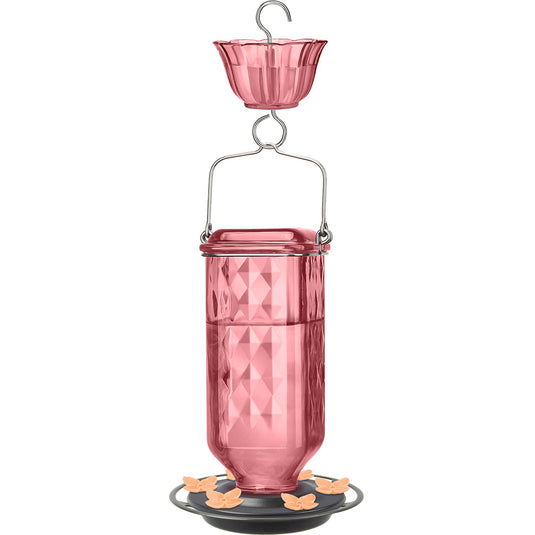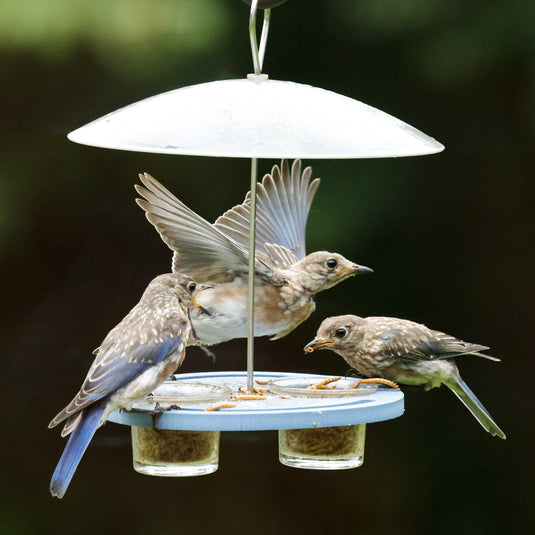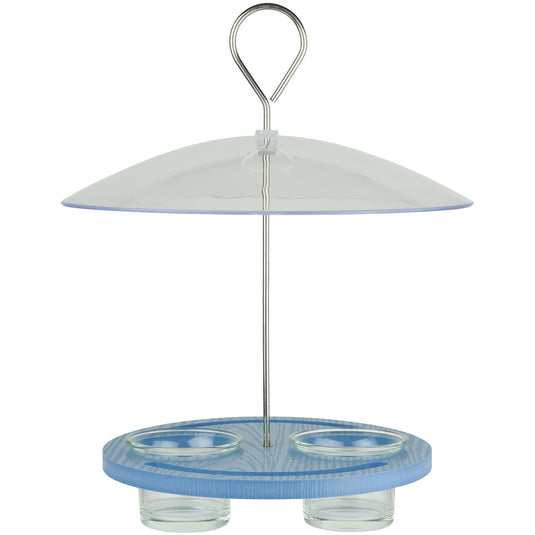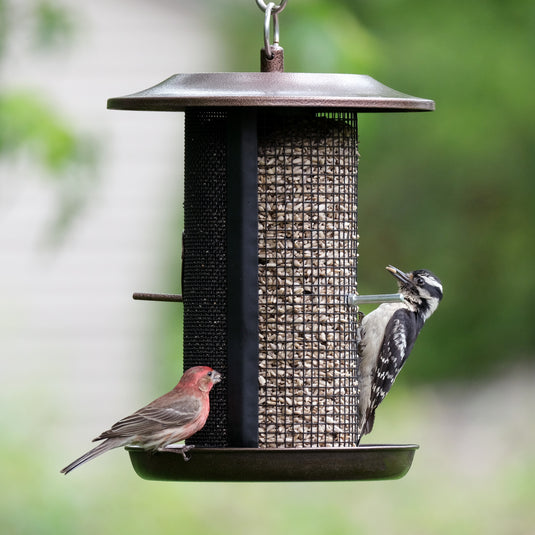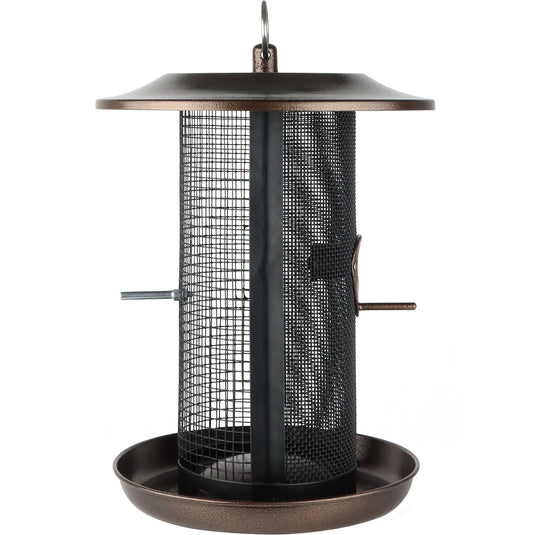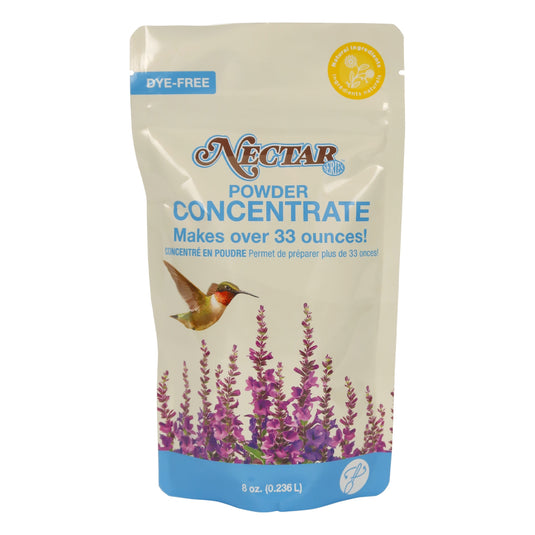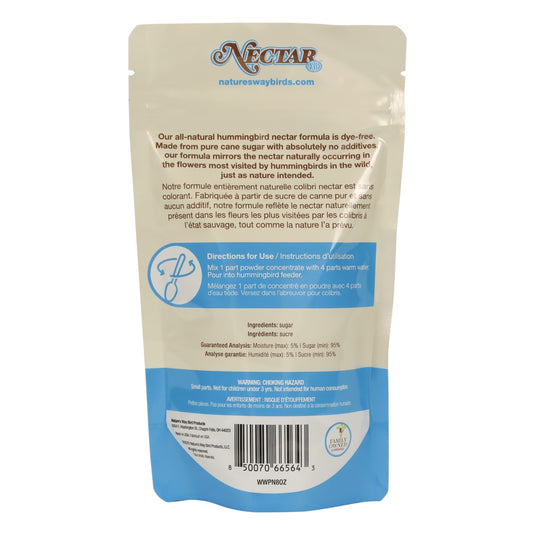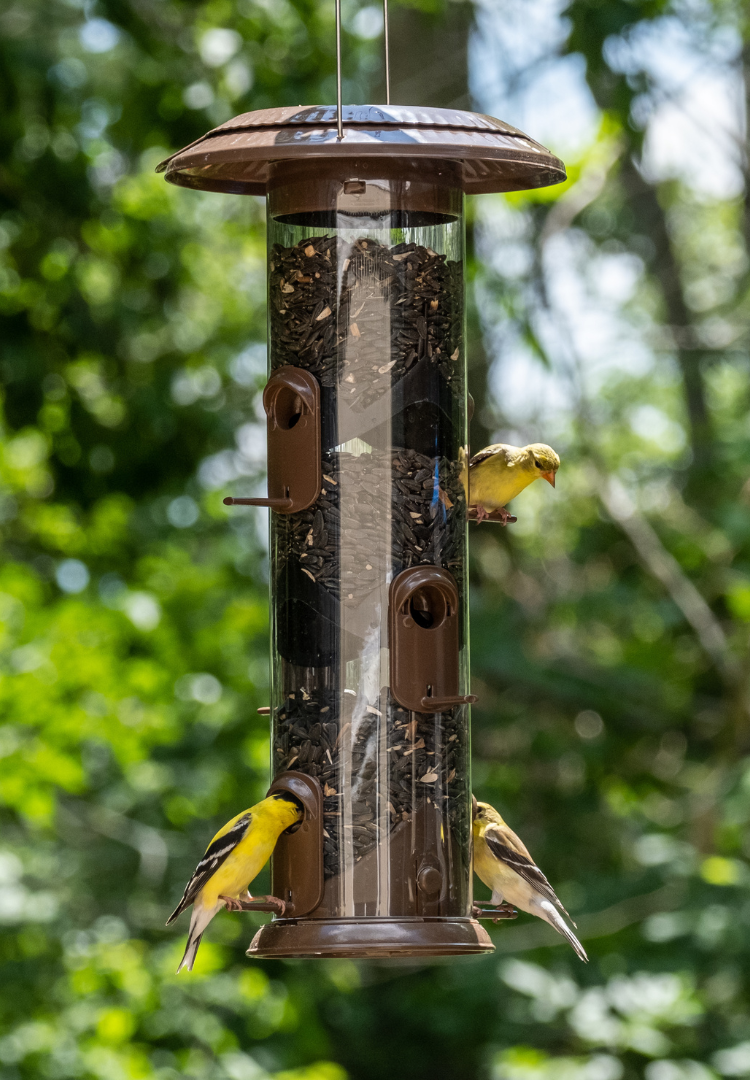Bats are often misunderstood, but these fascinating creatures are incredibly beneficial to the environment. Attracting bats to your garden or backyard can provide natural pest control, with many species capable of consuming 3,000–7,000 insects nightly, including mosquitoes! Bats also contribute to pollination and seed dispersal, which helps maintain healthy ecosystems.
Whether you're looking to protect your plants, reduce insect populations, or simply enjoy the presence of wildlife, learning how to attract bats can enhance your outdoor space in a sustainable and eco-friendly way.

Pictured: Big Brown Bat
The best time of year to attract bats
Bats are most active and easiest to attract during the warmer months, particularly from late spring through early fall. This period aligns with their breeding and feeding seasons when they're actively seeking new roosting locations and foraging for food. In spring, as temperatures rise, bats that hibernate begin to emerge, while others return from migration - or in some cases, do a combination of both. This seasonal shift makes spring an ideal time to set up bat-friendly habitats.
Installing a bat house

Pictured: Cedar Triple Chamber Bat House
One of the most effective ways to attract bats is by providing them with a safe place to roost. Bat houses are designed to mimic natural roosting spots like tree crevices or caves. To make your bat house as appealing as possible:
- Place it at least 12-15 feet above the ground, ideally on a pole or the side of a building.
- Ensure it gets at least 6-8 hours of direct sunlight each day, as bats prefer warm environments.
- Install it near water or food sources but away from bright lights and heavy foot traffic.
Making your yard bat-friendly
In addition to installing a bat house, here are a few other ways to make your yard bat-friendly:
- Reduce or eliminate pesticide use: Pesticides kill off the insects that bats rely on for food. Maintaining a pesticide-free yard ensures a healthy insect population for them to feed on. Utilize insect houses to attract beneficial insects to your yard as an alternative to harmful pesticides.
- Create a dark, quiet space: Since bats are sensitive to light and noise, choose a quiet corner of your yard with minimal artificial lighting.
- Provide water for bats: Bats require water for drinking and, often, foraging as many insects gather near water sources. A small pond, fountain, or even a birdbath can serve this purpose. Make sure the water source is kept clean and easily accessible, as bats will swoop low to drink while in flight.
- Create a moon garden for bats: A moon garden is designed to attract nocturnal creatures by using plants that bloom at night. These flowers are typically fragrant at night and light-colored, making them more visible in the moonlight and attractive to night-flying insects, which in turn attract bats. Here are some plants to include in your moon garden, along with their USDA Hardiness Zones:
· Evening Primrose – Zones 4–9
· Moonflower – Zones 9–11 (grow as an annual in cooler zones)
· Four O’clock – Zones 7–11 (grow as an annual in cooler zones)
· Night-blooming Jasmine – Zones 9–11
· Yucca – Zones 5–10 (varies by species)

Pictured: Evening Primrose
What types of bats are in the United States and Canada? Which types are usually in our backyards?
There are over 40 species of bats in North America, with several species common in the United States and Canada. The most commonly found species in backyards include:
- Big Brown Bat: One of the most widespread species in North America, Big Brown Bats are often found in urban and suburban areas. They’re insectivores, known for controlling beetle populations.
- Little Brown Bat: These small bats are often found near water sources and are known for their mosquito-eating habits. They’re commonly found roosting in bat houses and other man-made structures.
- Mexican Free-tailed Bat: Common in the southern U.S. and parts of Canada, this species is known for its long migration patterns. They often roost in large colonies in caves but can also use buildings and bat houses.
- Hoary Bat: Found throughout North America, this bat has frosty-colored fur and prefers roosting in trees, although they occasionally visit suburban backyards.
- Eastern Red Bat: Another tree-dwelling species, the Eastern Red Bat is often seen in forests and wooded areas but can forage in gardens and parks.

In suburban and rural backyards, the Big Brown Bat and Little Brown Bat are the species most commonly encountered, as they adapt well to human environments. Providing a bat house, water source, and a moon garden are all effective ways to invite these helpful creatures into your outdoor space.
By following these steps, you can create a bat-friendly environment that supports local wildlife while naturally controlling pest populations and contributing to pollination efforts.






